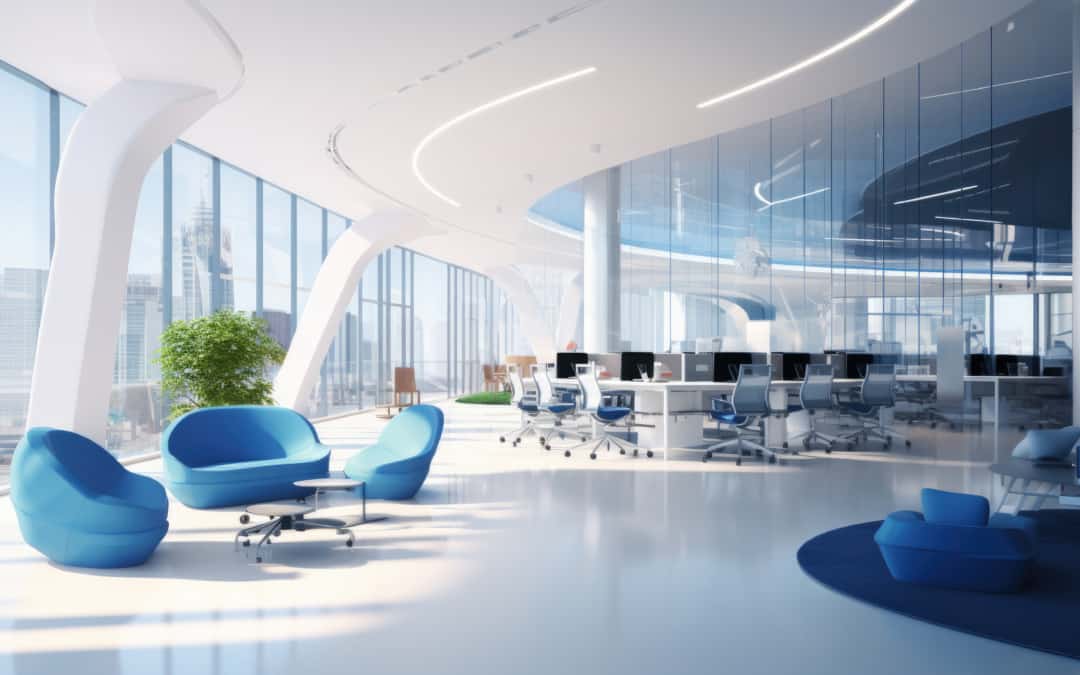Designing a commercial office with the goal of creating a functional, efficient, and aesthetically pleasing workspace requires careful consideration of a variety of factors. Here are key factors to consider:
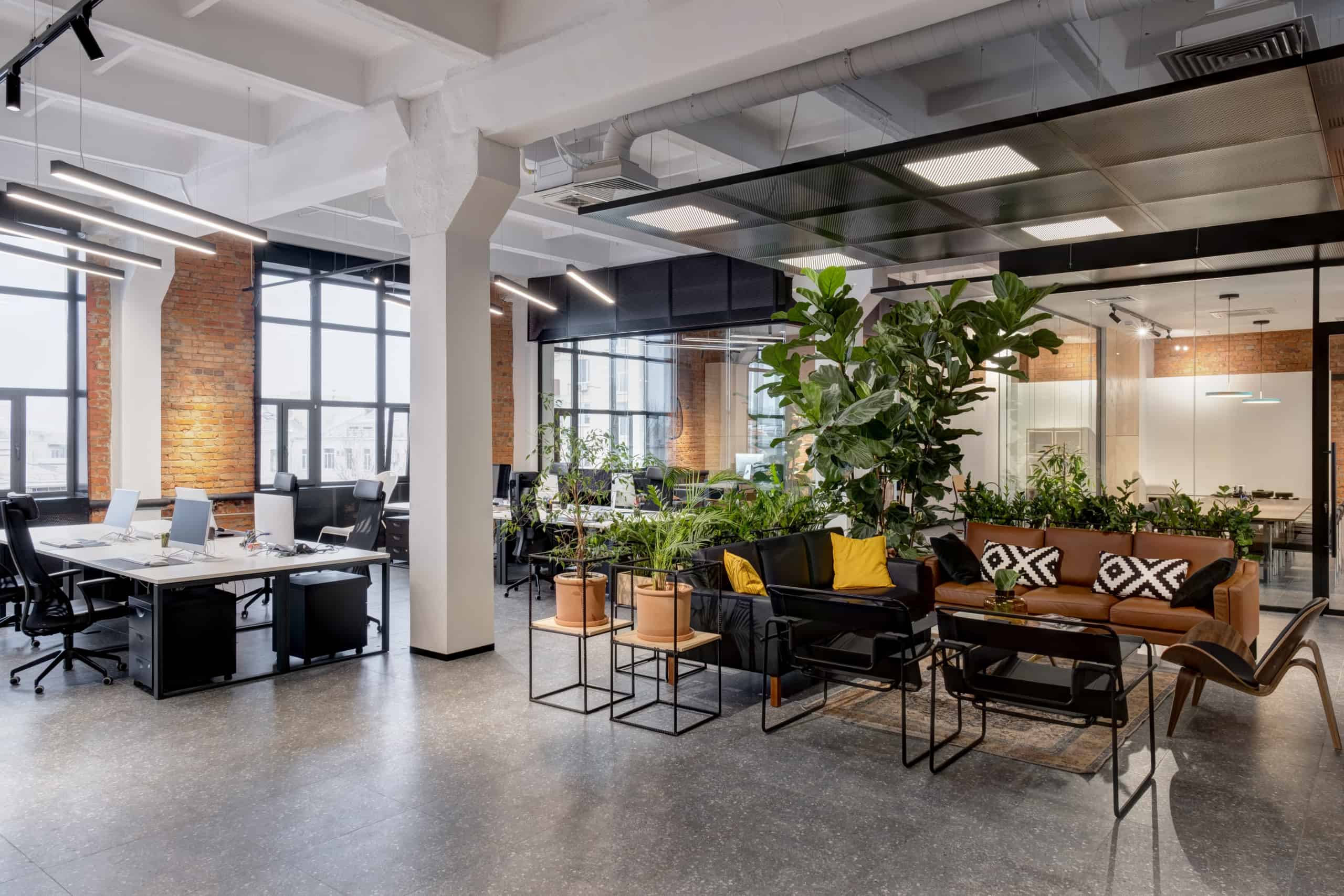
Space Planning:
Assess the available space and determine how it can be optimized for different functions and departments within the office. Consider the need for workstations, meeting rooms, collaborative areas, reception areas, break-out spaces, storage, and circulation paths.
Workflow and Departmental Needs:
Understand the specific workflows and requirements of all departments within the office. Consider the interactions and communication patterns among teams and design the layout to facilitate collaboration and efficient operations.
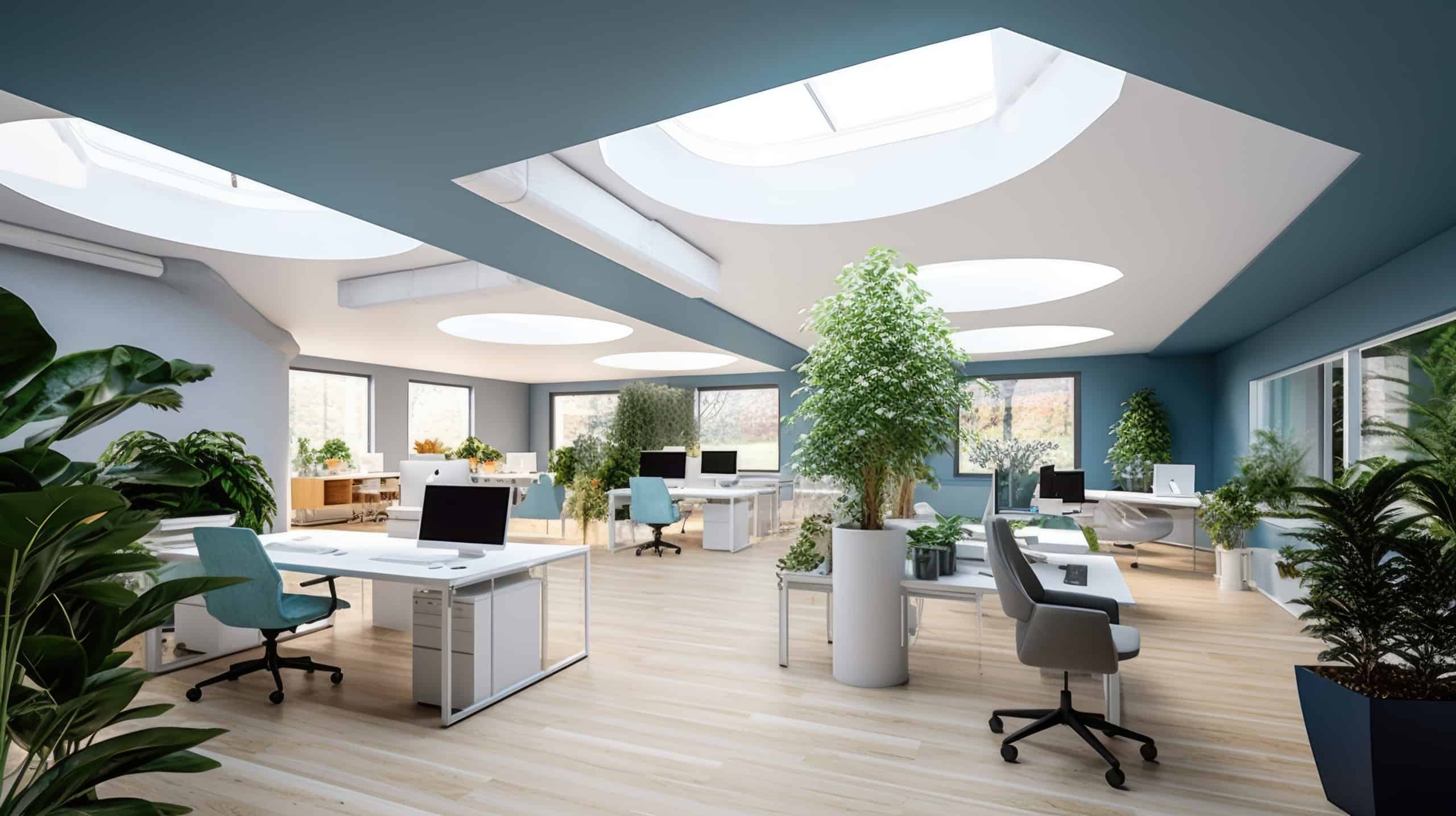
Flexibility and Future Growth:
Design the office space with flexibility in mind, allowing for future expansion and reconfiguration as the organization grows or changes. Consider modular furniture and adaptable layouts that can accommodate evolving needs easily.
Ergonomics and Comfort:
Choose ergonomic furniture and equipment to promote the well-being and productivity of employees. Provide adjustable chairs, desks, and monitor arms to support proper posture and reduce the risk of musculoskeletal issues.

Lighting:
Ensure that there is adequate natural and artificial lighting throughout the office space. Maximize the use of natural light by placing workstations and common areas near windows. Use adjustable artificial lighting to create a comfortable and productive environment.
Acoustics:
Explore acoustic considerations to minimize noise distractions and promote privacy. Incorporate sound-absorbing materials, such as acoustic ceiling tiles, wall panels, or carpets to reduce echoing and ensure that conversations can be conducted without sound interference.
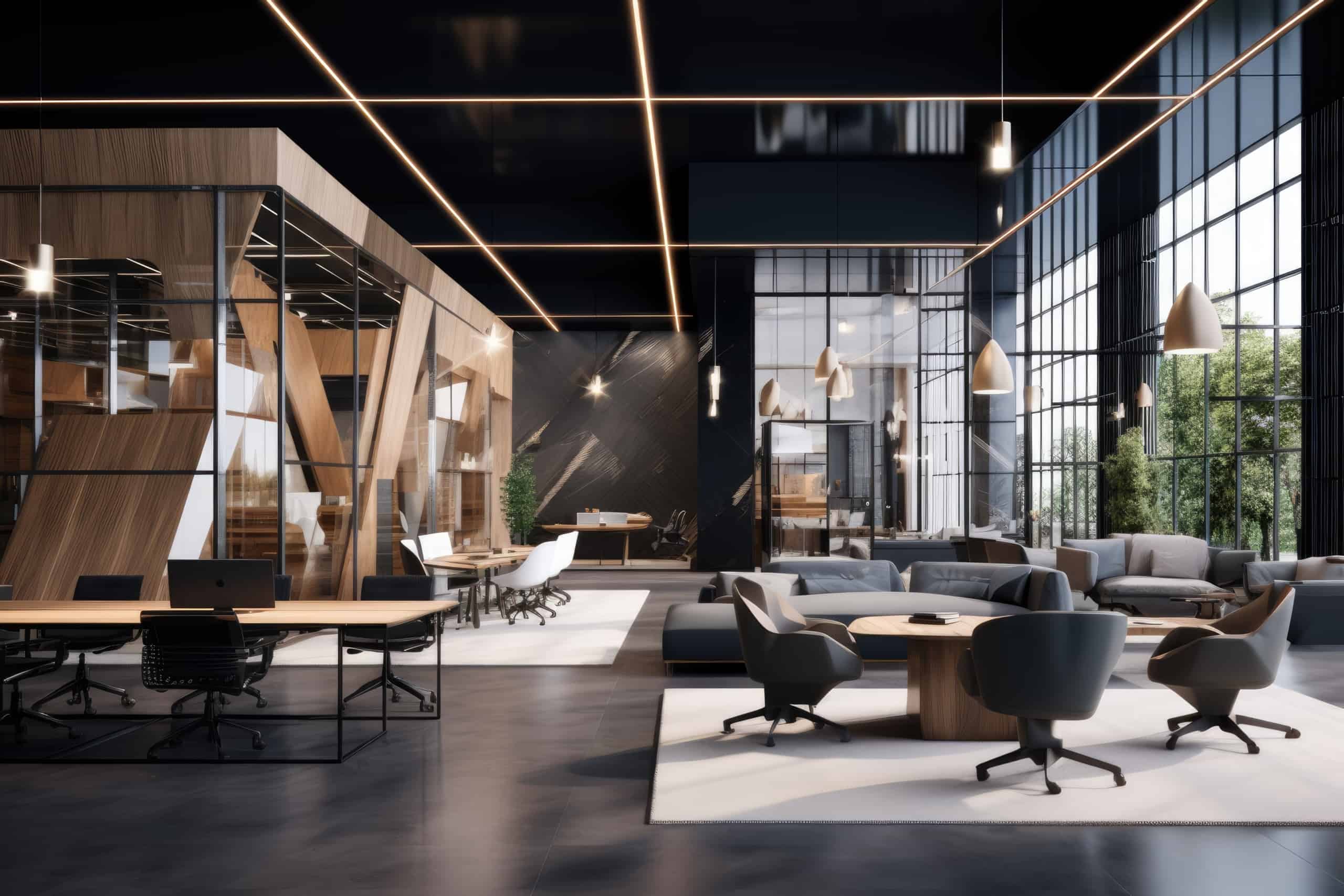
Technology Integration:
Plan for the seamless integration of technology throughout the office. Consider power and data connectivity, network infrastructure, video-conferencing capabilities, and audio-visual systems. Provide charging stations and easy access to outlets to support the use of electronic devices.
Safety and Security:
Implement appropriate safety measures, such as fire safety systems, emergency exits, security access controls, and CCTV surveillance systems to ensure a secure working environment.
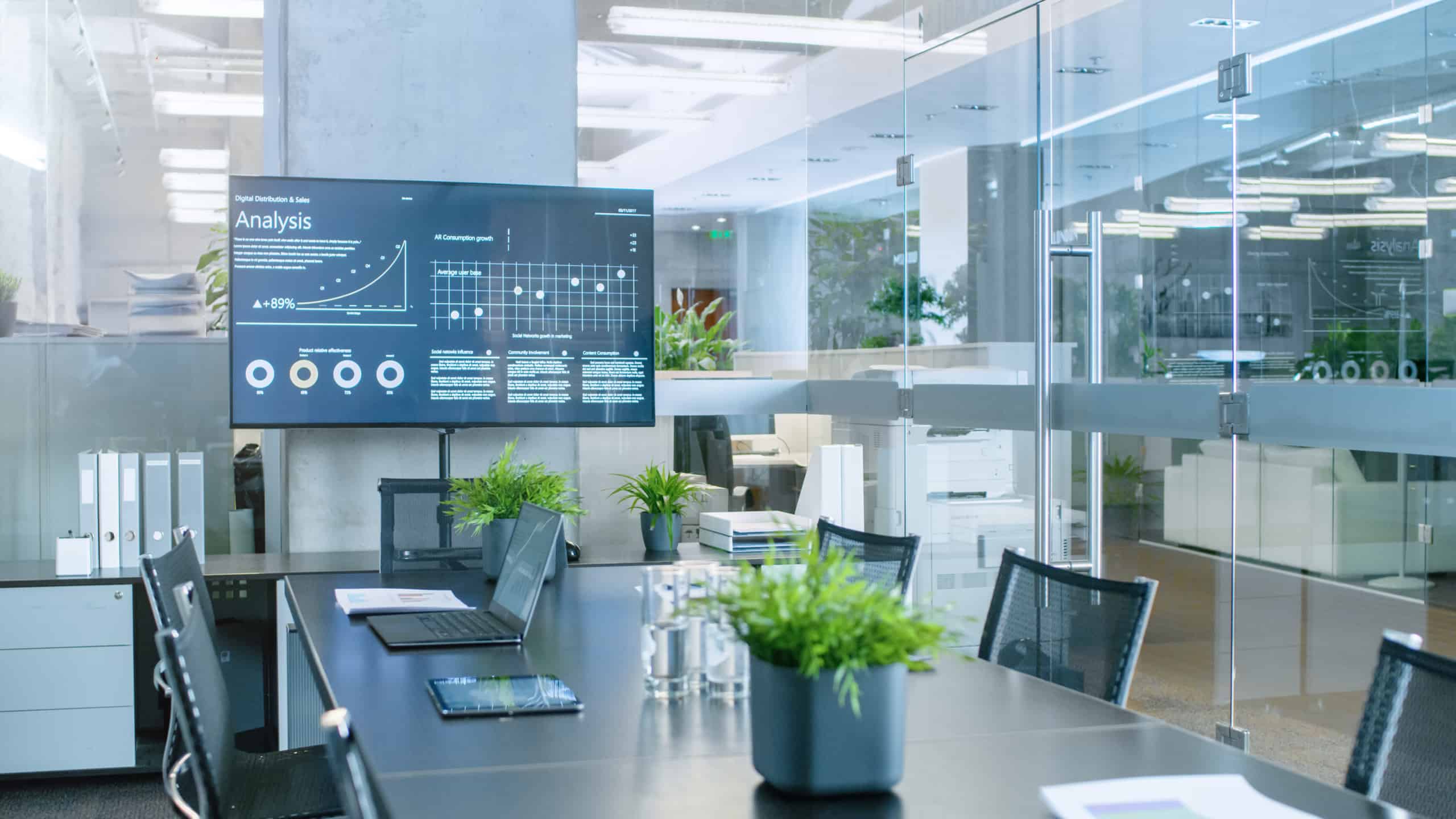
Branding and Aesthetics:
Incorporate the organization’s branding elements, color schemes, and visual identity into the office design. Create a cohesive and professional environment that reflects the company’s culture and values.
Sustainability and Green Design:
Integrate sustainable design principles by using energy-efficient lighting, incorporating recycled materials, promoting proper waste management, and considering natural ventilation and indoor plants. Strive for LEED or other green building certifications, if applicable.
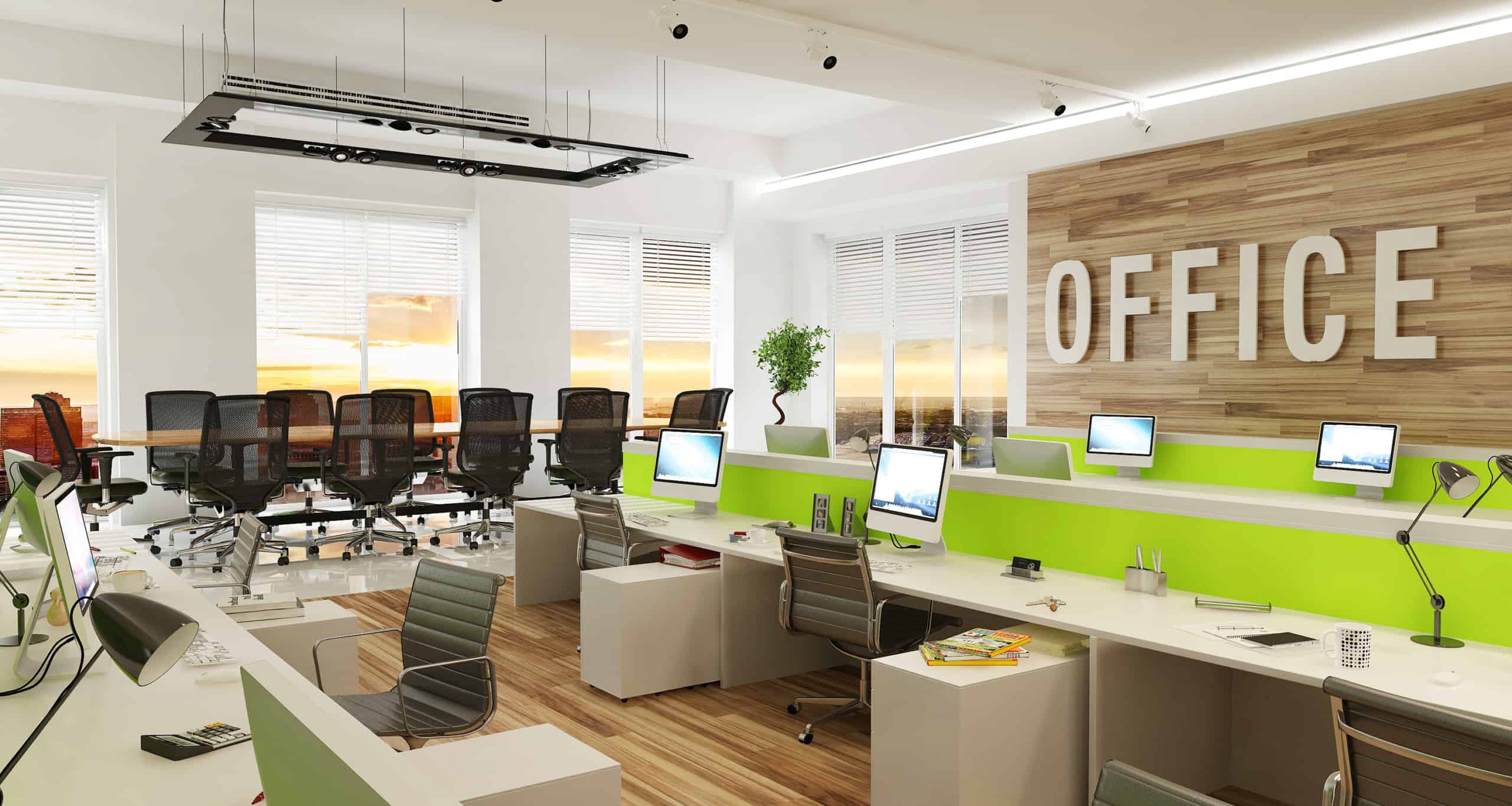
Well-Being Spaces:
Prioritize the well-being of employees by incorporating areas for relaxation, breaks, and wellness activities. These areas could include quiet zones, meditation rooms, outdoor space, or a well-designed pantry or kitchen area.
Collaboration and Communication:
Design areas that promote collaboration and communication, such as meeting rooms, huddle spaces, or break-out areas. Include writable surfaces, whiteboards, and technology tools to facilitate brainstorming and idea-sharing.
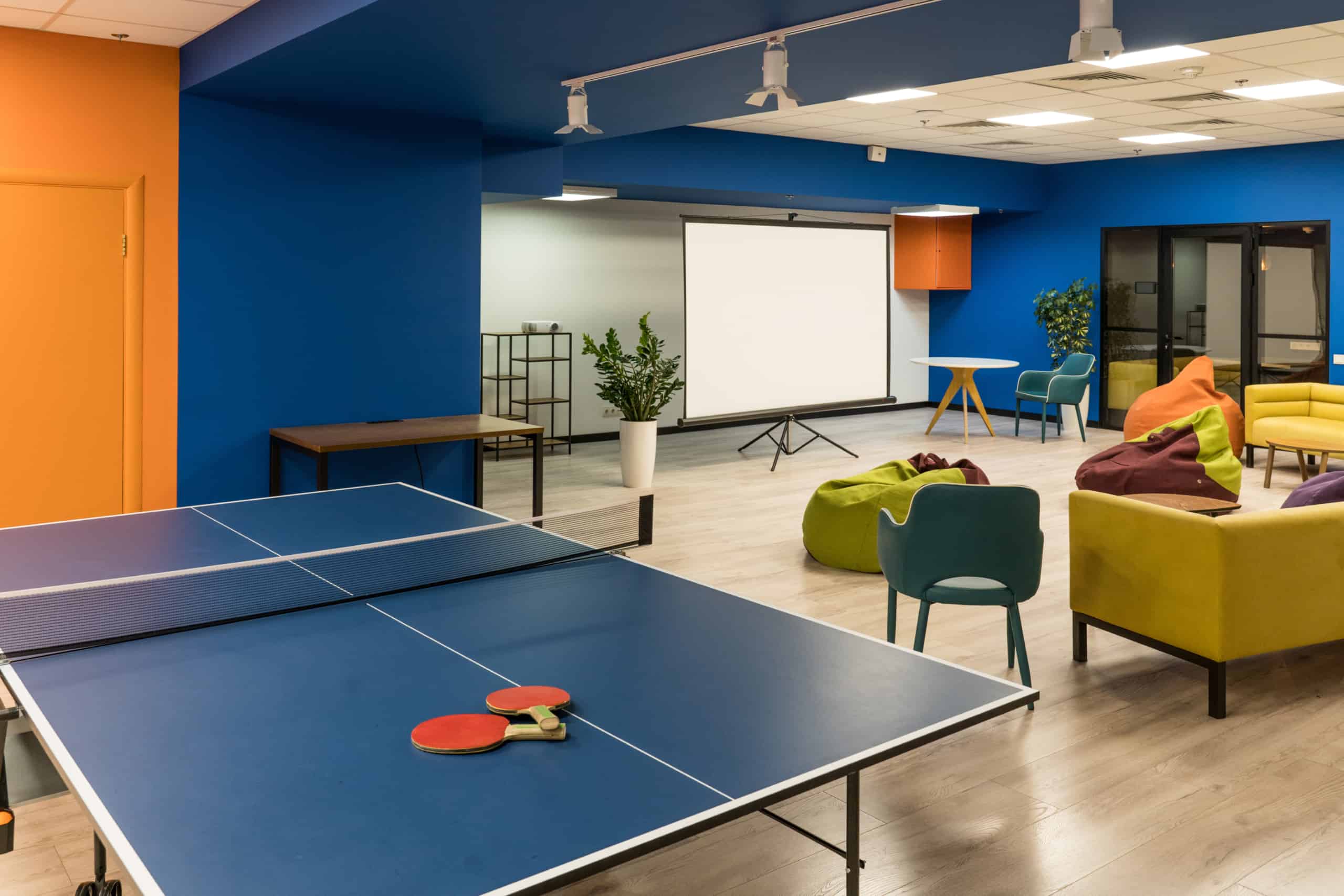
With careful attention to these considerations, you can design a conference room that meets the needs of your organization and provides an environment that is conducive to productive meetings and collaborations.

